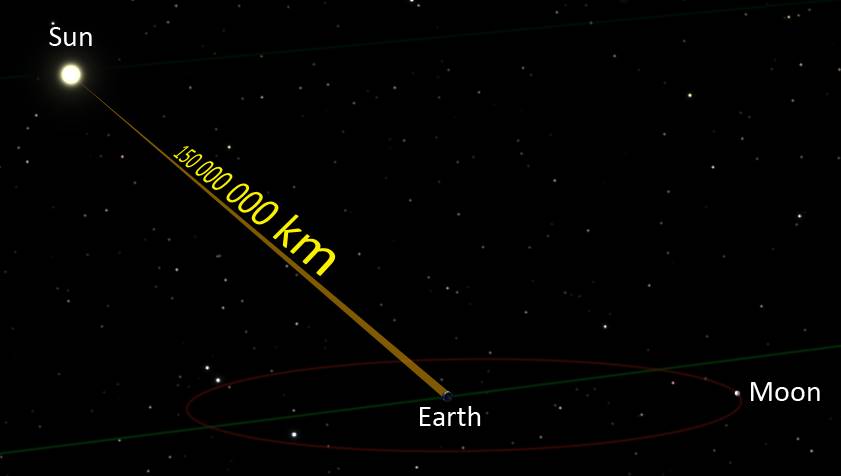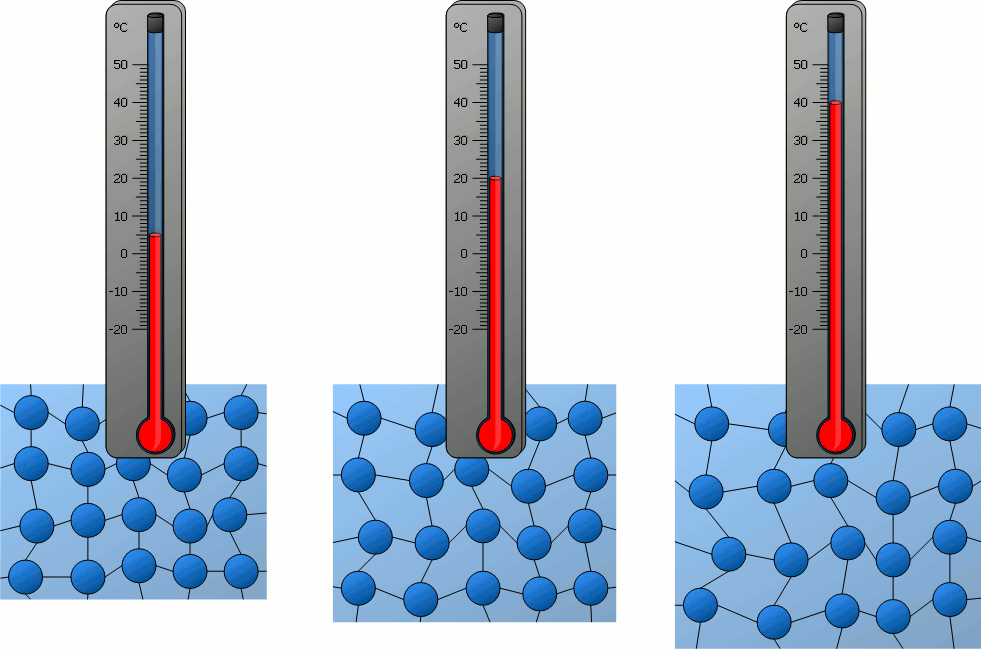The surface of the sun is close to 6000 degrees, and it has heated the Earth, so why is space at absolute zero?

The primary energy source on Earth comes from solar radiation, and the sun is able to continuously radiate energy because a controlled nuclear fusion reaction is taking place in its core. However, while the sun heats the Earth, the temperature of space between the Earth and the Sun is close to absolute zero. Why is that?
Stellar nuclear fusion reaction To understand this, we first need to clarify how the sun generates energy. If it could be summed up in a sentence, it would be: extremes meet, it's all forced out by gravity. Why?
The sun's mass is 330,000 times that of the Earth and accounts for 99.86% of the total mass of the solar system, making it the absolute dominant force in the solar system. Because of the sun's enormous mass, its gravitational pull is also substantial, which causes severe compression of the sun itself. As a result, the temperature of the sun's core rises sharply, reaching 15 million degrees.
Even at this temperature, nuclear fusion reactions cannot be triggered. This is because nuclear fusion requires even more stringent conditions, at least hundreds of millions of degrees. For example, when scientists detonate a hydrogen bomb, they first detonate an atomic bomb, using the atomic bomb to provide a reaction temperature of hundreds of millions of degrees, thereby triggering a nuclear fusion reaction.
So, what principle does the nuclear fusion in the sun's core rely on?
Due to the extremely high temperature of the sun's core, the state of matter in the sun's core is no longer the common gas, solid, or liquid, but a plasma state. The so-called "plasma state" refers to when the electrons inside the atoms that make up matter obtain enough energy to become free electrons after breaking away from the nucleus. Therefore, the sun's core is more like a "particle porridge" mixed with various particles, filled with various atomic nuclei, electrons, and photons.
This increases the likelihood of atomic nuclei meeting each other. However, because atomic nuclei are positively charged, according to the principle of like charges repelling each other, there is electrostatic repulsion between atomic nuclei, and fusion between atomic nuclei needs to overcome this "repulsion".
In theory, the sun should not be able to undergo nuclear fusion reactions. However, in the microscopic world, there is a situation called quantum tunneling. The so-called "quantum tunneling effect" refers to the fact that even reactions that require energy have a certain probability of occurring in the microscopic world.
However, the probability is extremely low, and it takes at least a billion years for a pair of atomic nuclei to fuse. Fortunately, the sun is large enough and has an extremely large number of particles, so even if the probability is very low, it can occur in front of such a huge base number of the sun. The whole process is divided into three stages, and finally, 4 hydrogen atomic nuclei fuse into 1 helium-4 atomic nucleus.
Nuclear fusion generates outward pressure, which can counteract its own gravity, ensuring that the sun's gravity does not collapse on its own. This also forms a dynamic balance, preventing the sun from exploding all at once like a hydrogen bomb.
There will be mass loss before and after the reaction, and this part of the mass will be released in the form of energy. In simple terms, photons and neutrinos will be produced in the core, and it takes an average of 140,000 years for photons to travel from the sun's core to the sun's surface, and then another 8 minutes and 20 seconds to reach Earth.
So the question is, why haven't these photons heated up the cosmic space between the sun and the earth, but have baked the earth instead?
The essence of temperature To understand this, we need to clarify the essence of temperature.
From the perspective of the microscopic world, the essence of temperature is the intensity of particle thermal motion. This is because everything is composed of particles, but the particles are not neatly arranged together, but are in constant, chaotic motion.
Scientists have found that if these particles move very intensely overall, the temperature reflected by the substance is high. If the particles don't move intensely overall, the reflected temperature is relatively low.

However, there is a prerequisite for achieving such results: a sufficient number of particles. In plain terms, to reflect a problem, there must be a sufficient number of particles in the first place. If there are no particles, we can't measure the temperature and it's hard to reflect the temperature.
Sadly, space is really sparse. The average density of the universe is very close to 1*10^(-28) kg/cubic meter, which is about the level of one hydrogen atom per cubic meter. Therefore, when photons pass through the universe between the sun and the earth, due to the extremely low number of particles, photons cannot transfer their energy into this space. You can understand this as there are no particles present to receive these photons. Hence, it's difficult for photons to heat up the cosmic space.
There has always been a belief that the temperature of space is absolute zero, but this idea is problematic. As mentioned above, it's actually challenging to measure the temperature of space. Moreover, the average temperature of the universe is -270.15 degrees Celsius, which is 2.7 degrees higher than absolute zero. This temperature comes from the residual heat left by the Big Bang, also known as cosmic microwave background radiation, but it's challenging to measure this temperature.
Having understood why space doesn't get heated, we can easily understand why Earth gets heated. Earth is a celestial body with a particle heap, and its material density reaches 5507.85 kg/cubic meter, which is 31 orders of magnitude higher than the density of space. So when photons transfer to the Earth, the particles that make up the Earth can well receive these photons.
In conclusion The biggest difference between space and Earth is material density, with the latter being 31 orders of magnitude higher than the former. For a material to be heated, it first needs a sufficiently large material density. Space, being so sparse, is hard to heat, while the Earth, with its particularly high material density, gets heated.